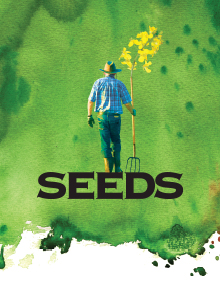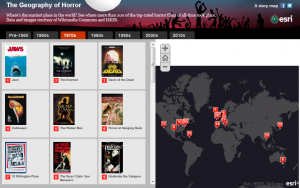 “Who owns life?” This is the tag line of the play, Seeds, which I saw last weekend at the Centaur. It is documentary theatre that tells the real story of the patent infringement law suit that Monsanto, a chemical and agricultural corporation, brought against Percy Schmeiser, a farmer from Saskatchewan. Monsanto accused Mr. Schmeiser of illegally growing its genetically engineered canola seeds on his farm, while Mr. Schmeiser maintained that the wind blew these seeds from neighbouring farms onto his land.
“Who owns life?” This is the tag line of the play, Seeds, which I saw last weekend at the Centaur. It is documentary theatre that tells the real story of the patent infringement law suit that Monsanto, a chemical and agricultural corporation, brought against Percy Schmeiser, a farmer from Saskatchewan. Monsanto accused Mr. Schmeiser of illegally growing its genetically engineered canola seeds on his farm, while Mr. Schmeiser maintained that the wind blew these seeds from neighbouring farms onto his land.
One of the scenes of the play that I found most interesting is when the farmer’s lawyer argues in court that you cannot patent a plant in Canada, while the company’s lawyer counter-argues that Monsanto only patented the genetically modified canola seed that produced the plant.
In Canada, you can apply for a patent (i.e., a legal right that the government gives you “to stop others from making, using, or selling your invention from the day the patent is granted to a maximum of 20 years after the day on which you filed your patent application”) on the following inventions:
– “a product (for example, a door lock),
– a composition (for example, a chemical composition used in lubricants for door locks),
– an apparatus (for example, a machine for making door locks),
– a process (for example, a method for making door locks),
– or an improvement on any of these” (from A Guide to Patents by the Canadian Intellectual Property Office).
In order to be patented, your invention must demonstrate novelty (be unique in the world), utility (be in working condition and serve a useful purpose), and inventive ingenuity (not be apparent).
A reminder that the library subscribes to Derwent Innovations Index, a primary resource in searching for patents on a topic. You may want to check whether anyone has already patented a specific invention that is of interest to you.
Image from the Centaur Theatre Company


